From a focal point of the Troubles conflict to a haven for the Irish language and art, we look at the history of the Falls Road.

Once a humble area, the Falls Road became an important player in Belfast’s Industrial Revolution in the 19th century, thanks to a series of mills along the course of the now-covered River Farset.
Its history doesn’t end with industrialisation, however. Indeed, the Falls Road became known throughout the world as one of the focal points of the Troubles – the conflict that ravaged the north of Ireland in the late 20th century.
Today, the area is a vibrant neighbourhood, with friendly residents, striking art, and a fiercely proud love for the Irish language.
Ireland Before You Die’s top facts about the Falls Road:
- The Falls Road is home to Milltown Cemetery, the resting place of many important historical Irish figures, including hunger strikers Bobby Sands, Joe McDonnell, Kieran Doherty, and Pat McGeown.
- Between Falls Road and Divis Street, you’ll find the International Wall, a set of murals representing the area’s solidarity with Ireland’s fight for freedom and other international struggles.
- The Falls is at the heart of Belfast’s Gaeltacht Quarter, with organisations like Cultúrlann McAdam Ó Fiaich facilitating the proliferation of the Irish language in the city.
- Indeed, many of the street signs in this area of Belfast are bilingual, with names appearing in both English and Gaeilge.
- Gary Kemp wrote Spandau Ballet’s ‘Through the Barricades’, from the album of the same name after an emotional experience on the Falls Road during the band’s visit to Belfast while on tour.
A brief history of the Falls Road – from country lane to industrial epicentre

If you saw the Falls Road today, you’d never believe that it was once a humble country lane that led out of Belfast into an area known in Irish as ‘Túath na bhFál’ (‘territory of the enclosures’).
Although the lane belied the sizeable area that was about the same size as the nearby Shankill. The introduction of several linen mills along the Falls as Belfast became increasingly industrialised in the 19th century.
These mills provided the richest source of employment for the local area, and many, though repurposed, still exist in the area today.
During this time, Belfast was the linen capital of the world, and the people of the Falls Road played their part in turning the once humble town into a major industrial city.
The Falls during the Troubles – at the centre of it all

During the dark period in Irish history commonly known as the Troubles, the Falls Road was a focal point of violence in Belfast.
Though temperatures had been rising long before, the riots that ensued after loyalists and the B Specials killed six Catholics in the Falls lit the fuse of the Troubles for many.
These events saw the deployment of the British Army on the streets of Belfast. The following year, the army enforced the Falls Curfew. Under the curfew, thousands of homes were sealed so that the military could search them for weapons.
The IRA opposed the curfew after the use of tear gas, and an armed battle ensued. Over the years conflict, the Falls continued to be a focal point of the Troubles even after the signing of the Good Friday Agreement in 1998.
Peace walls like that at Cupar Way exist today as a reminder of this turbulent period.
Street art – a hub for Belfast street art

Belfast is famous for its ubiquitous political murals depicting historical scenes and support for local political causes.
But recently, thanks to Seedhead Arts and the wealth of local and international artists they champion, Belfast has become something of a hub for contemporary street art.
The street art scene reaches far beyond the city centre, extending to all corners of Belfast, including the Falls Road area. One such location near the Falls is the peace wall that goes along Cupar Way.
This very politicised structure has provided local street artists and graffiti writers with an excellent canvas to display their work. Such is its nature, though, that the canvas is ever-changing.
More street art can be found on the so-called International Wall at the Divis Street end of the Falls Road. Used throughout the Troubles to display political posters, the first murals appeared on the International Wall at the turn of the 21st century.
Although many murals express local political messages from the past and present, the wall is primarily known for displaying support for international causes, particularly the ongoing Palestinian struggle for freedom.
Notable mentions
Black Taxi Tours: One of the best ways to explore the Falls Road is to take a Black Taxi Tour.
Knowledgeable tour guides will take you around and provide insightful information on the area’s history and the meaning behind the artworks, as mentioned earlier.
Exploring on your own: To get to the Falls Road from Belfast city centre, you can take any variation of the number ten bus or the Glider.
Cemeteries: You’ll find two important cemeteries along the Falls Road – Belfast City Cemetery and Milltown Cemetery. Many important figures in Irish history are interred in these cemeteries.
Your questions answered about the Falls Road
If you still have questions about the Falls Road we didn’t answer in the above article, read on!
In this section, we answer some of our readers’ most frequently asked questions about the topic and those that appear often in online searches.
Is Falls Road Protestant or Catholic?
The Falls Road population is predominantly Catholic. Several Catholic churches, cemeteries, and schools are located along the road and in the surrounding West Belfast area.
What is the Falls Road famous for?
The Falls Road is famous as one of many focal points of the Troubles in Northern Ireland. The conflict, in general, received much media coverage during the Troubles.
What is the meaning of the Falls Road?
The Falls Road derives its name from the Irish petty kingdom ‘Túath na bhFál’, which means ‘territory of the enclosures’.
The ‘enclosures’ that gave it its name resulted from the Plantation of Ulster in the early 17th century.
Find Your Dream Hotel in Ireland
On the hunt for the ultimate hotel for your Irish adventure? Explore a curated selection ranging from the charming heritage of boutique accommodations in Dublin's vibrant heart to the tranquil luxury of rural retreats and the captivating coastal vistas. Start your search below to find the perfect stay with our trusted hotel partner.








